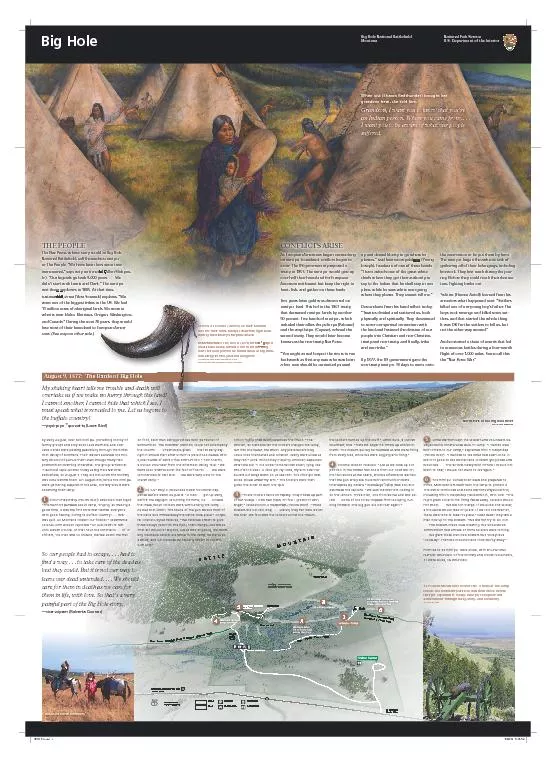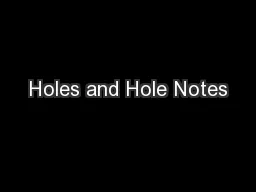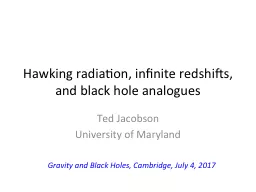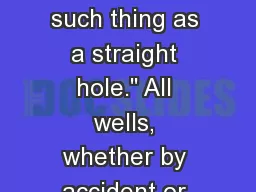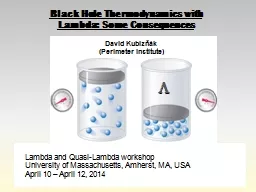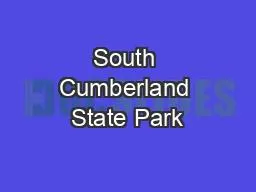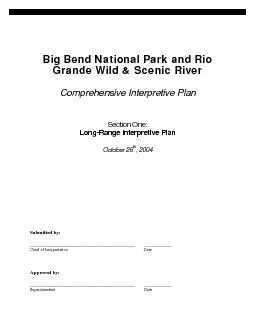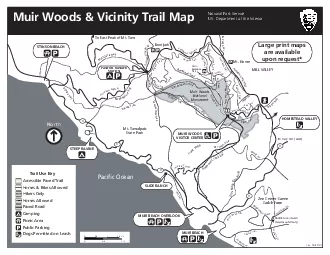PDF-Big HoleNational Park ServiceUS Department of the InteriorBig Hole N
Author : elysha | Published Date : 2021-06-16
THE PEOPLE August 9 1877 The Battle of Big Holeethe column Orders were given that at early daylight it should start after us with a pack mule loaded with 2000
Presentation Embed Code
Download Presentation
Download Presentation The PPT/PDF document "Big HoleNational Park ServiceUS Departme..." is the property of its rightful owner. Permission is granted to download and print the materials on this website for personal, non-commercial use only, and to display it on your personal computer provided you do not modify the materials and that you retain all copyright notices contained in the materials. By downloading content from our website, you accept the terms of this agreement.
Big HoleNational Park ServiceUS Department of the InteriorBig Hole N: Transcript
Download Rules Of Document
"Big HoleNational Park ServiceUS Department of the InteriorBig Hole N"The content belongs to its owner. You may download and print it for personal use, without modification, and keep all copyright notices. By downloading, you agree to these terms.
Related Documents

